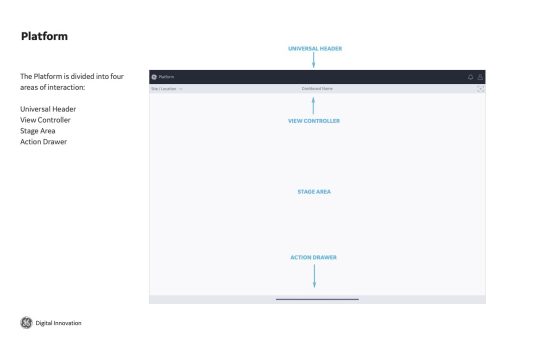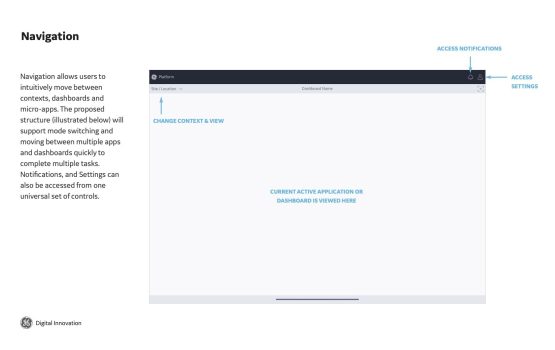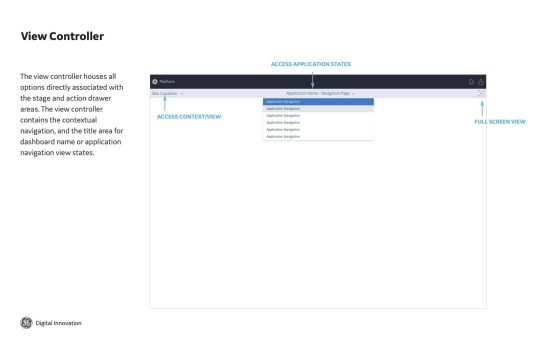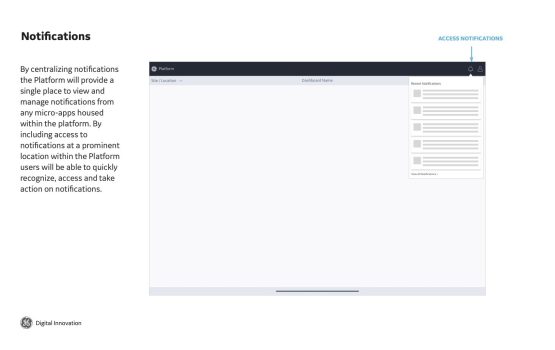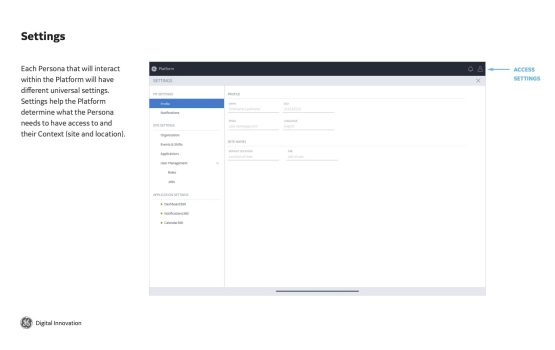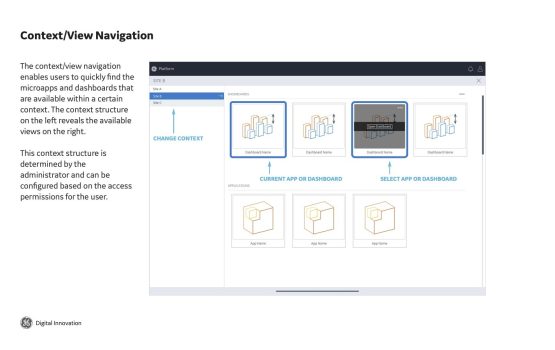GE Persona Platform
- Project Details
Duration
2 Years
Role
UX Design Technologist
Description
Designed a modular IIoT platform and design system that streamlines project lifecycles through reusable components, ensuring consistency and adaptability across teams.
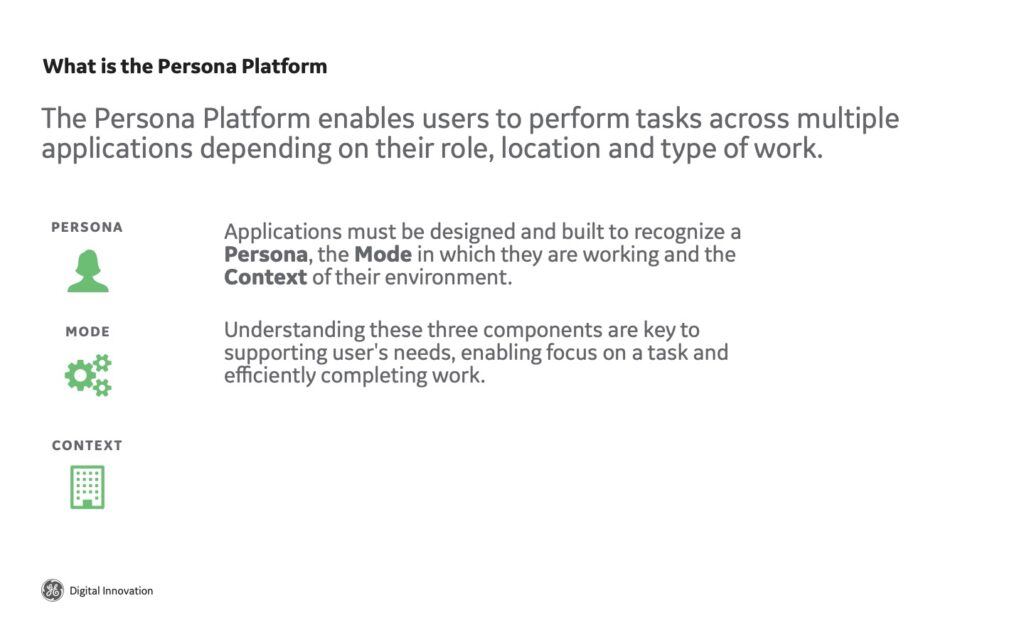
Overview:
This platform introduced a modular design system, allowing GE to expedite project lifecycles and improve consistency across teams. By providing a library of reusable components, the platform supported rapid iteration and adaptation, making it easier to maintain design standards across projects.
Objectives:
The main objective was to reduce development time and promote design consistency by leveraging a flexible, scalable system. Additional goals included enabling customization, supporting scalability across diverse project needs, and streamlining collaboration across teams.
Key Features:
Modular, Reusable Design Components
Provides a library of adaptable design elements, allowing teams to build quickly and consistently.
Agile Framework for Rapid Iteration
Supports iterative design with components that can be easily adapted, making the platform highly agile.
Comprehensive Style Guide for Consistency
Maintains a uniform look and feel across projects with detailed design standards, helping to build brand consistency.
Integration with Popular Design Tools
Syncs seamlessly with Figma and other design tools, simplifying workflows and enhancing collaboration.
Project Gallery
